Tongin Market, nestled in the bustling heart of Seoul, South Korea, is a vibrant traditional market brimming with local charm and history. From the moment you step into the market, you're enveloped by the warm welcome of around 80 vendors. They sell everything from fresh vegetables and seafood to a delicious assortment of Korean street foods.
Get your senses ready as you meander through Tongin’s covered alleyway. The sights, sounds, and smells of culinary delights create an unforgettable tapestry of experiences that truly embody the soul of South Korea.
Whether you're eager to indulge in the tasty street food, browse the banchan (side dishes) shops, or simply soak up the bustling atmosphere, Tongin Market is a must-visit destination that brings to life the flavors and spirit of traditional Korean marketplaces.
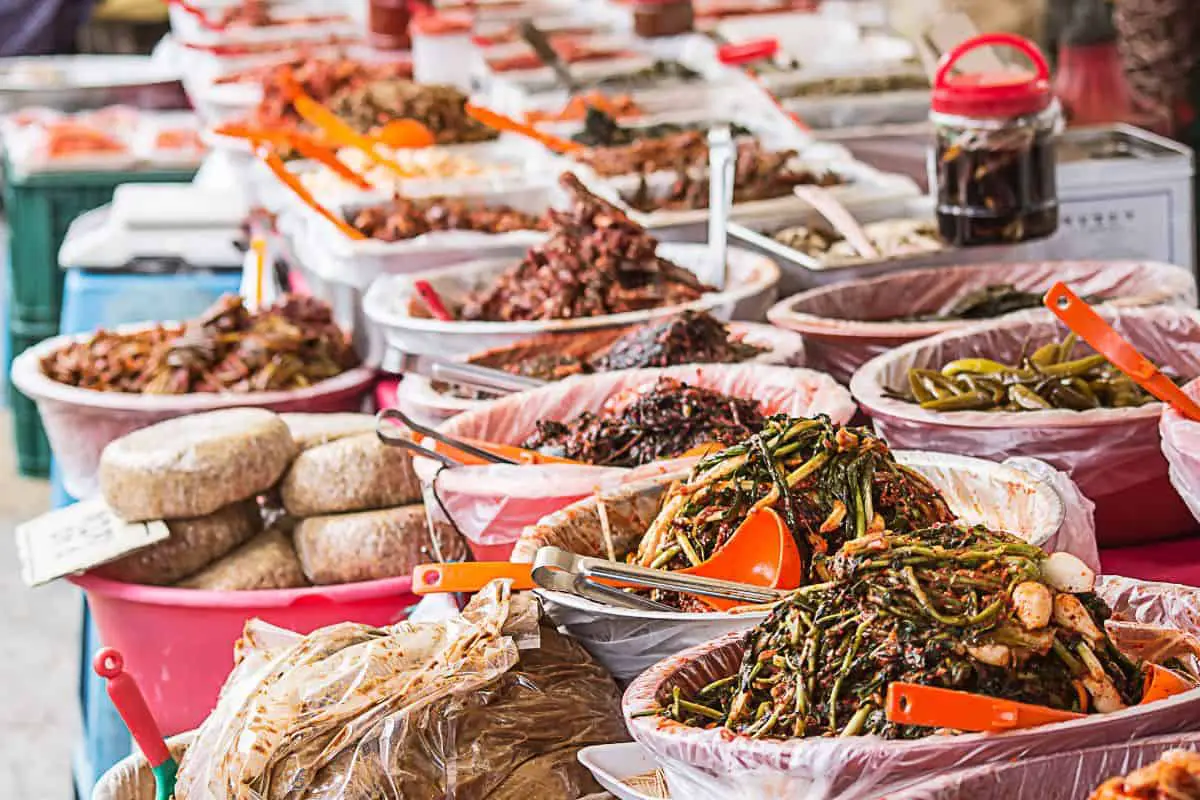
Jump to:
👘 History and Cultural Significance
Tongin Market is steeped in history and reflects Korea's cultural metamorphosis, particularly in the aftermath of the Korean War and the country's period under Japanese occupation. The market's evolution has come to mirror Korea's resilience and the influence of historical events on its traditions.
After the devastation of the Korean War, Tongin Market played a crucial role in the rebuilding efforts of the local community. The traditional Korean market— originally meant to cater to Japanese residents— found a new purpose as it became a hub for Korean street vendors.
These vendors were integral in reviving the local economy, providing fresh produce, and sustaining traditional food cultures amidst the recovery. Established in June 1941 during the Japanese occupation, Tongin Market was not just a place of commerce but also a cultural battleground reflecting the tensions of the era.
After Korea regained its independence, the market transitioned into a Korean-centric space, symbolizing national resilience. While the challenging period left its mark, the market retained and adapted its identity, these days evolving into a living testament to Korea’s enduring cultural heritage and one of the best things to do in Seoul.
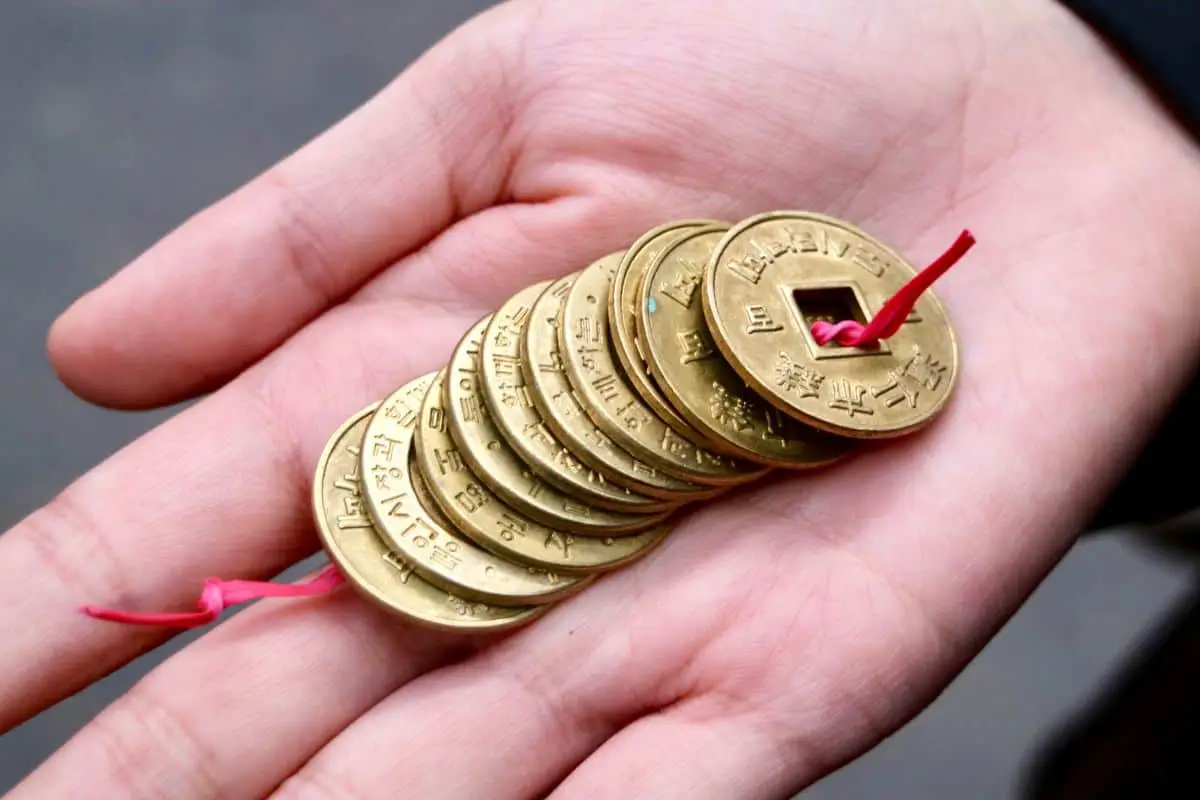
🏪 Overview of Tongin Market
Tongin Market Hours & Arrival
Tongin Market typically opens its doors to visitors from early in the morning and closes in the evening. However, the exact hours can vary by vendor, so it's a good idea to check in advance if you're planning a visit to catch a specific stall or shop. A good rule of thumb is that you can find vendors between 8am to 8pm, though some vendors start an hour earlier or later.
The most convenient way to visit Tongin Market is by getting off at Gyeongbokgung Station from Exit 1, 2, or 3 on Seoul Subway Line 3. From here, the market is just a short walk away, making your journey to this culinary hotspot easy and hassle-free.
Market Entrance and Layout
As you enter Tongin Market, you’re greeted by a bustling 200-meter-long alleyway lined with approximately 80 diverse shops. The market is west of Gyeongbokgung and Seochon Village, showcasing a compact yet efficiently organized layout that allows for an easy stroll among the stalls.
Variety of Stores and Vendors
The market features a wide array of stores and street vendors selling everything from fresh produce, such as vegetables and fruits, to a selection of fish and meat, much like you'd find at Noryangjin.
You'll also find sit-down restaurants and banchan shops amid the lively atmosphere— a feast for both the eyes and the palate. In the latter you can find a huge variety of traditional side dishes sold by weight, perfect for a Korean BBQ dinner at home.
Coin Lunchbox Creations
One of the most fascinating experiences Tongin Market offers is the unique Yeopjeon Dosirak concept. Using traditional brass coins known as yeopjeon, you can create your own dosirak (lunchbox).
You can wander from vendor to vendor at participating stores, usually called Dosirak Cafes, exchanging your coins for a selection of mouthwatering dishes, making for a personal and delightful experience that ends with your own curated Korean lunchbox meal.
This not only provides a taste of the local cuisine but also a hands-on taste of history, as these coins played an integral part in Korea's past.
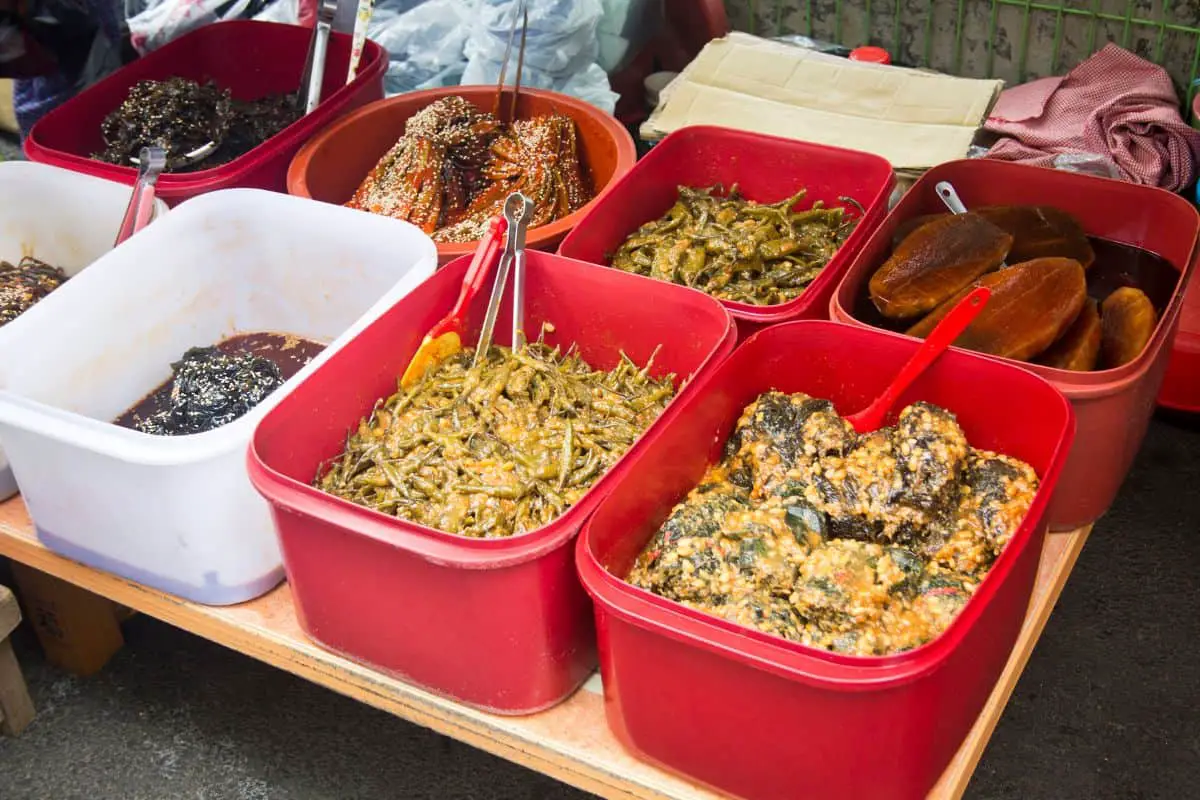
🍡 Traditional Foods at Tongin Market
Tongin Market is renowned for its vibrant food scene, which blends tradition with modern tastes.
As you walk through the alleys, you're welcomed by an assortment of flavors— from simmering pots of spicy tteokbokki to the sizzling sounds of street food stalls preparing various local Korean dishes.
Popular Foods and Snacks
At Tongin Market, your taste buds are in for a treat with an array of popular Korean street food. Chicken skewers, with their perfect blend of smoky and savory flavors, are a hit among visitors.
You'll also find tteokbokki dominating the scene; whether it’s the classic spicy or the unique fried tteokbokki, this chewy rice cake dish encapsulates the essence of Korean comfort food.
For a warm bite, the dumplings offered by numerous food stalls come stuffed with an assortment of fillings, satisfying both meat lovers and those looking for a more hearty snack.
Vegetarian-Friendly Options
If you're seeking vegetarian-friendly options, Tongin Market won't disappoint. Several stalls cater to non-meat preferences, offering dishes like flavorful noodles and a variety of yachae mandoo, which are Korean-style vegetarian dumplings.
The abundance of fresh produce sold at the market provides many Korean ingredients for a meat-free culinary exploration.
Traditional vs. Modern Food Stalls
Navigating between traditional and modern food stalls, you’ll witness a harmonious blend of old and new. Traditional vendors might charm you with their age-old recipes, while modern stalls beckon with innovative twists on classic dishes, like the literal twists of tornado potatoes.
This delightful contrast offers a unique dining experience that honors Korea’s culinary history while embracing contemporary flavors.
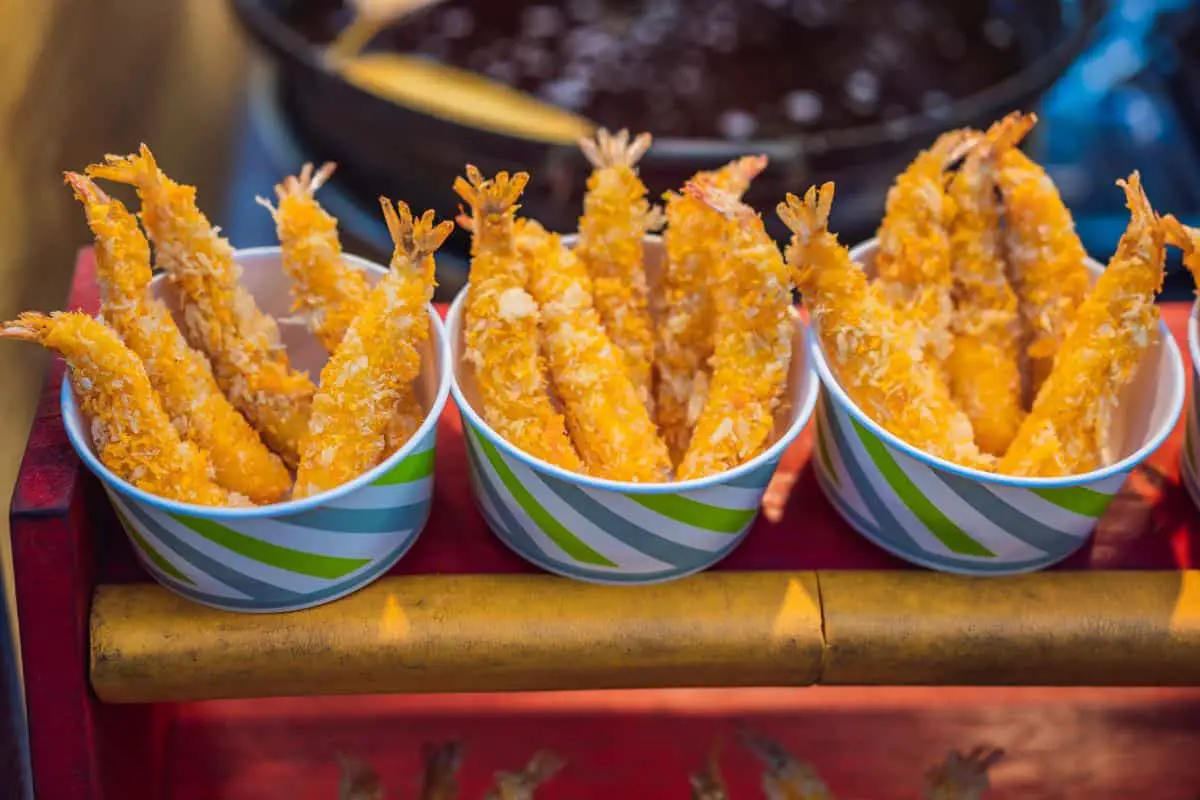
✔️ Tongin Market Tours & Activities
Cooking Classes and Cultural Tours
At Tongin Market, you can join hands-on cooking classes where local experts teach you the art of crafting traditional Korean dishes. Other cultural tours provide fascinating insights into the history and traditions of the area, letting you experience the local way of life beyond the culinary aspect, though most tours have some tastings involved.
Food Tour Experiences
Food tour experiences at Tongin Market are a must-do activity. You'll wander the bustling alleys, sampling various street food specialties and traditional Korean treats.
From the unique Yeopjeon Dosirak experience to mouthwatering street food at various stalls, there's always something for everyone. Visiting Tongin Market is more than just a meal— it's an adventure for your palate.
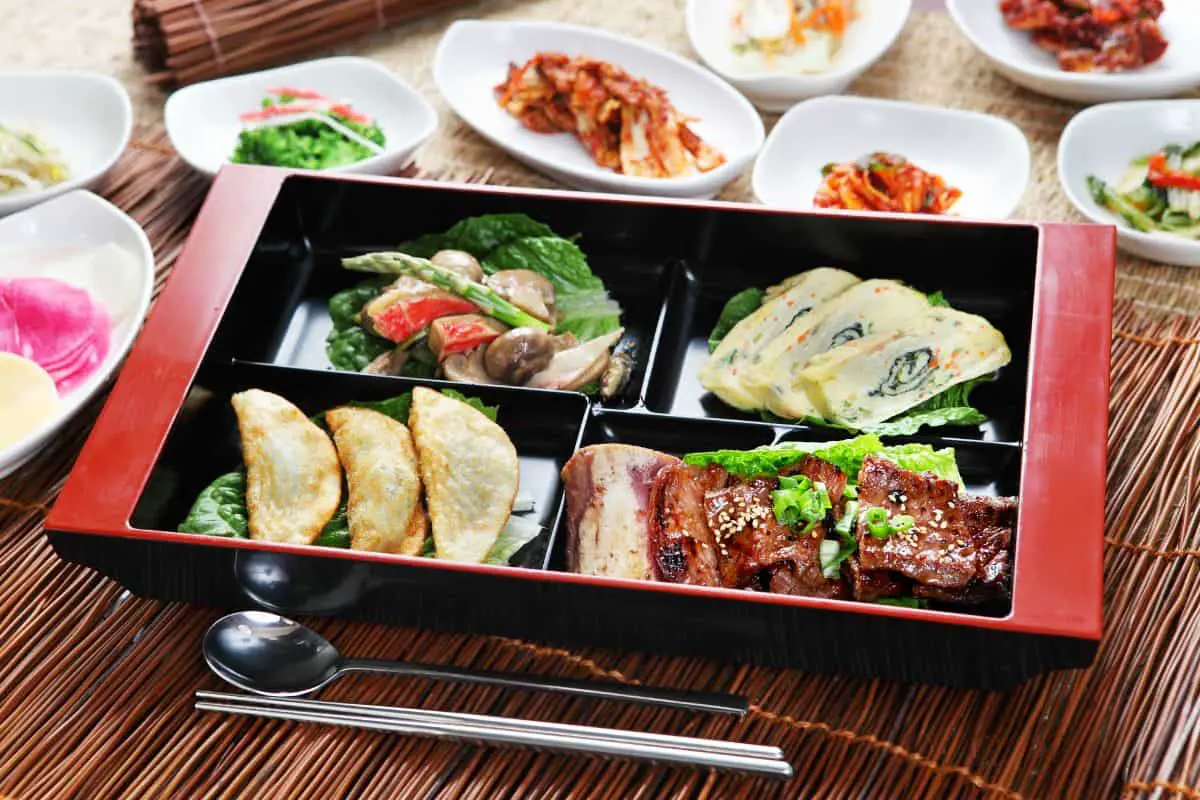
🧐 Frequently Asked Questions
When you visit Tongin Market, don't miss out on street foods like the spicy and chewy tteokbokki, one of Korea's most beloved street foods. Other must-try items include crispy fried mandoo (dumplings), savory banchan (side dishes), and budae jjigae (army stew).
At Tongin Market, you can indulge in various traditional Korean foods. This includes classic Korean snacks gimbap (seaweed rice rolls) and savory pajeon (Korean pancakes). For a unique dining experience, you can use brass coins called yeopjeon to assemble your own lunchbox, called a dosirak.
What sets Tongin Market apart is its distinctive Yeopjeon Dosirak experience. This coin exchange tradition allows you to trade brass coins for a variety of food from different vendors, creating a personalized lunchbox. It offers a touch of history and a taste of local culture unique to Tongin Market.

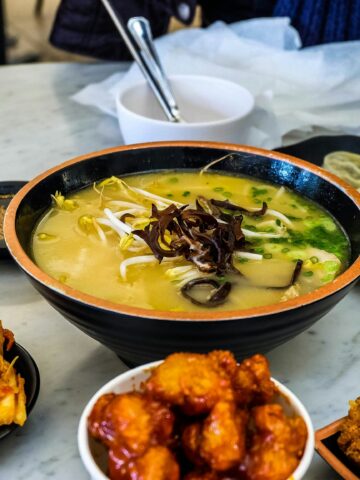
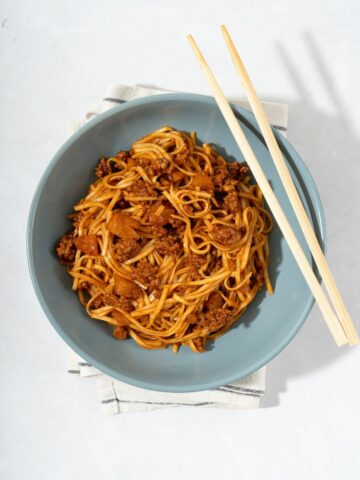

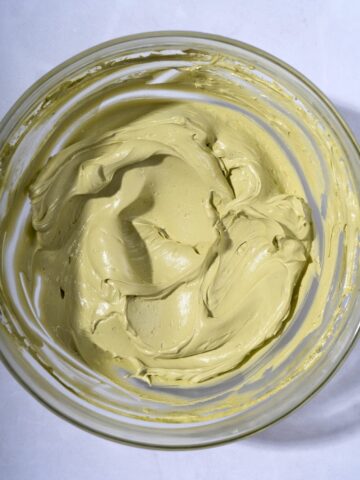
Comments
No Comments